Before I hiked the Pacific Crest Trail, I didn’t have years of hiking experience to draw upon as I was preparing for the PCT. I’d picked up a few skills over the two previous summers reading books and through my own personal experiences, but I was a bit nervous about how to handle some of the unique challenges posed by traveling in the back country. What if I got lost? What if I was injured or encountered someone else who was injured? How the heck do I prepare for hiking 2650 miles?
I decided that it was time to learn some new skills. I tend to learn best in a classroom setting, so I headed back to school.
This article will share my experiences preparing for the PCT with three classes in particular:Â Thru-Hiking 101, Wilderness Navigation, and Wilderness First Aid.
I’ve also compiled a detailed PCT gear list in a separate article with information on all the gear I used on the hike.
Table of Contents
Preparing for the PCT: Thru-Hiking 101
The Thru-Hiking 101 Online Course by Backpacker Magazine is the first class I attended when preparing for the PCT. I took the class a in 2016 when I was stuck at home recovering from hip surgery. Taught by experienced thru-hiker Liz “Snorkel” Thomas (she’s hiked over 15,000 miles at the time I took the class), the class is a fabulous resource for anyone planning a long hike. The six-week online course offers tips on everything from food planning to physical and psychological training to resupply logistics and choosing the right gear.
Prior to taking the course last year, I started to get second thoughts and considered postponing the trip to some later time in my life. I am happy to say that this class cured me of that mindset immediately. I discovered that lots of other thru-hikers are just like me – folks who choose to leave a job mid-career and a family at home to spend months on end hiking in the wilderness. Well, if they can do it, so can I.
One of the great things about this class is that I still had access to the course materials long after I took the class while preparing for the PCT. I continued to refer to the course material frequently right up until l left for the trail.
I also had the privilege of meeting Snorkel in person at the 2017 ALDHA-West Ruck in Cascade Locks. You can read about the experience here:Â My Experience at the ALDHA-West Ruck.
Wilderness Navigation, The Mountaineers
Of all the skills I wanted to learn while preparing for the PCT, navigation with a map and compass has been the highest on my priority list and also the most challenging for me. Â While I’ll primarily rely on my phone’s GPS during my thru-hike, I wanted to become comfortable with navigating by compass in case my phone battery ever dies.
My first attempt at learning compass navigation was via a day-long class taught by REI in Discovery Park.  The class was a decent introduction to using a compass, but it wasn’t enough for me. I still felt confused and apprehensive about the prospect of having to use a compass. So I decided to take it to the next level and enrolled in a comprehensive Wilderness Navigation class by the Mountaineers.
The Mountaineers is a local non-profit dedicated to educating folks about the outdoors and promoting conservation here in the Pacific Northwest. I joined The Mountaineers in 2016 specifically to take their Wilderness Navigation course, which is a prerequisite for several advanced Mountaineers classes (such as alpine climbing or scrambling). The course includes an evening lecture to introduce students to using a compass and a map, as well as a day-long trip to practice using a compass in the field. Prior to attending the lecture, students are expected to read most of the book Wilderness Navigation, as well as complete a packet of homework (on which students are evaluated).
On the field trip, a group of about 100 students hike up to Heybrook Ridge located near Index, Washington. It is a 10-hour day (not including travel time) and packed with activities including a navigation problem during lunch. In the afternoon, students are partnered up and must navigate following a bearing cross-country about a kilometer through the woods covered with blown-down trees and dense vegetation.
I took the class in early 2017 with my friend Julie and it was more physically demanding than I anticipated. The top of Heybrook Ridge was covered chest-deep with snow at the time, thanks to the extra-wintry weather that we experienced that year. The snow was too soft to walk on and I kept post-holing up to my knees or thighs. It felt like I spent more time on my ass floundering around in snow than on my feet. By the end of the day my shins were covered in bruises from sinking into the snow and tripping over hidden logs and brambles and I was utterly exhausted.
I passed the course, however, and arrived exactly at the correct location on my final navigation test. I’m not sure how I managed that as I kept losing my navigational point of reference every time I floundered around in the snow. I guess I must have done something right. And I can now say, with confidence, that I am finally comfortable navigating with a compass.
Wilderness First Aid, The Mountaineers
I attended the Wilderness First Aid course in January 2016 at The Mountaineers facility in Sand Point. The class consists of a 16-hour course over a weekend, as well as a hands-on scenarios session the following week in the evening.
The weekend class is taught by instructors through Remote Medical International. Both instructors for my session, Philip and Kyle, were EMTs with extensive experience providing medical assistance in remote settings. They were laid back and engaging and created a fun atmosphere that was conducive to learning – which was a good thing because they soon had the students taking eachother’s pulses and bandaging one another. I was way out of my comfort zone right at first when it came to touching random strangers in my class, but I had to get over that pretty quickly.
The class covered everything from head injuries, wound management, and cardiac emergencies to hypothermia, altitude sickness, and preparing first aid kits for the field. But most of all, we practiced doing patient assessments on one another – how to size up the scene for safety, perform a primary survey of life-threatening injuries, do a detailed physical exam, check for vital signs, and inquire about a patient’s medical history. The students took turns taking on the role as either patient or medical provider in various scenarios throughout the weekend. When acting as patients, the students were given a story (such as being kicked in the leg on a goat farm), as well as fake wounds painted with stage make up. The students acting as medical providers would then perform a patient assessment to figure out what was wrong and determine next steps.
For the final scenario of the weekend class, I played the role of a patient who had fallen out of a hot air balloon and gotten stung by a bee. My job was to run around screaming at the top of my lungs and distracting rescuers from paying attention to the other patients who had also sustained injuries in the balloon accident. I really went for it and must have overdone it a little as I lost my voice afterwards and couldn’t speak properly for a few days.
I attended the scenarios class the following week. The session took place outdoors on a blustery January evening in the pouring rain – which was excellent practice for the real-life conditions that one might encounter when rescuing someone in a remote setting. Volunteers acted as injured patients and instructors hovered nearby to observe and provide constructive feedback.  In my first scenario I had a patient “die” on me because her airway was blocked and I didn’t clear it fast enough, which was a bit discouraging.  Things got a little better, however, as we practiced more scenarios throughout the evening and I become more comfortable providing care.
It was a humbling experience but I’m glad I took the class while preparing for the PCT. I feel like I learned just enough to understand that I really don’t know what I’m doing. In the future I’d love to take the Wilderness First Responder class, which is an intensive 10-day course that provides intermediate-level medical skills and is considered the minimum requirement for wilderness guides or trip leaders.  Seems like a useful skill to have.

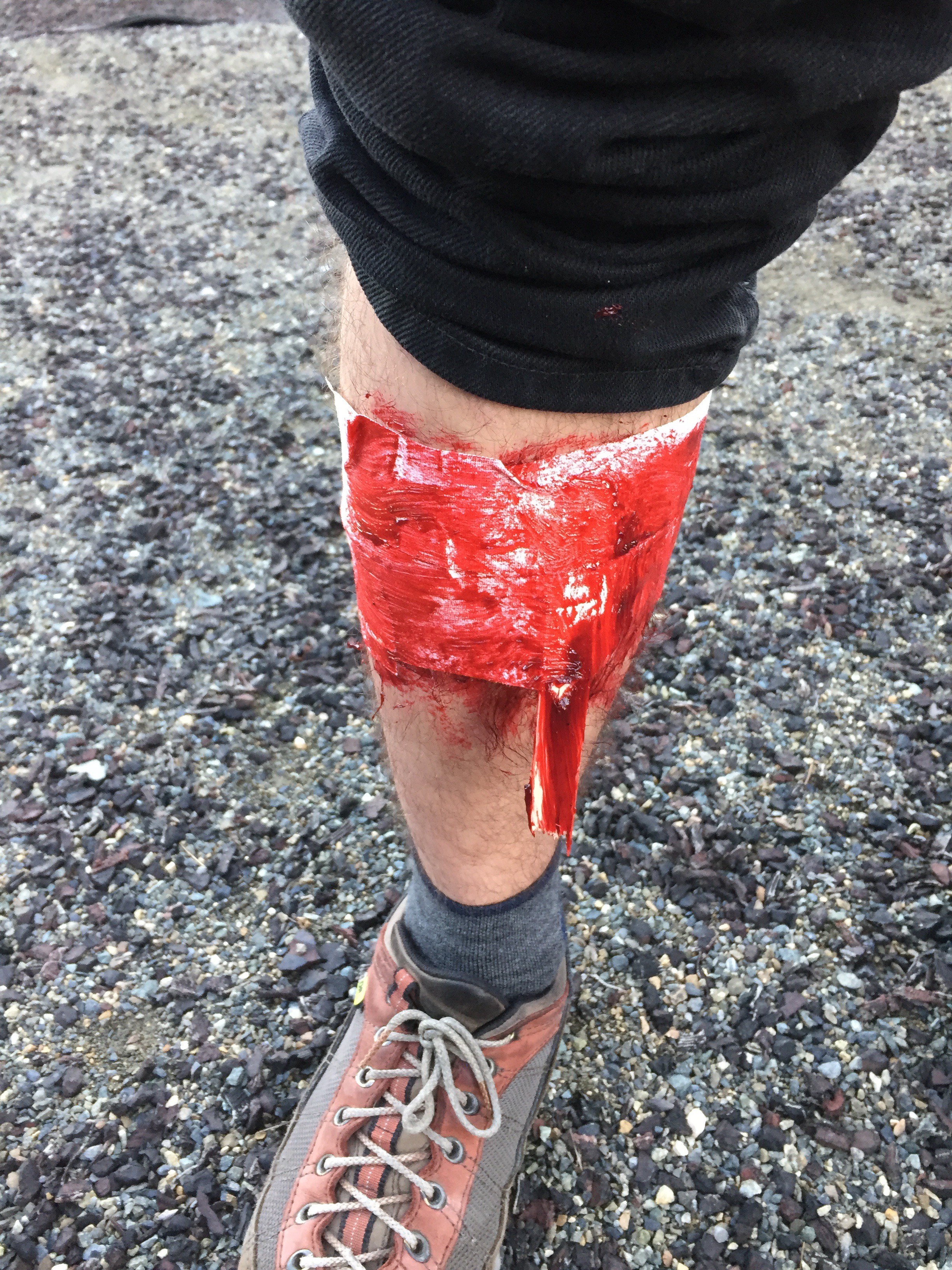

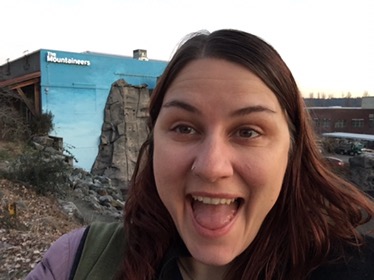

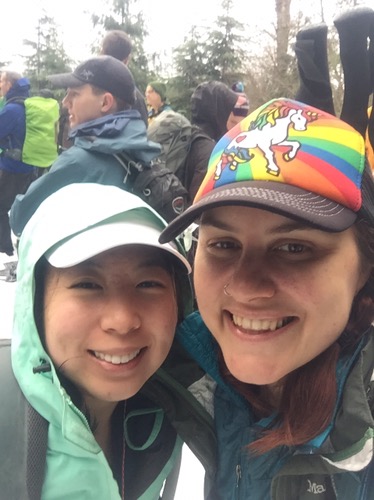
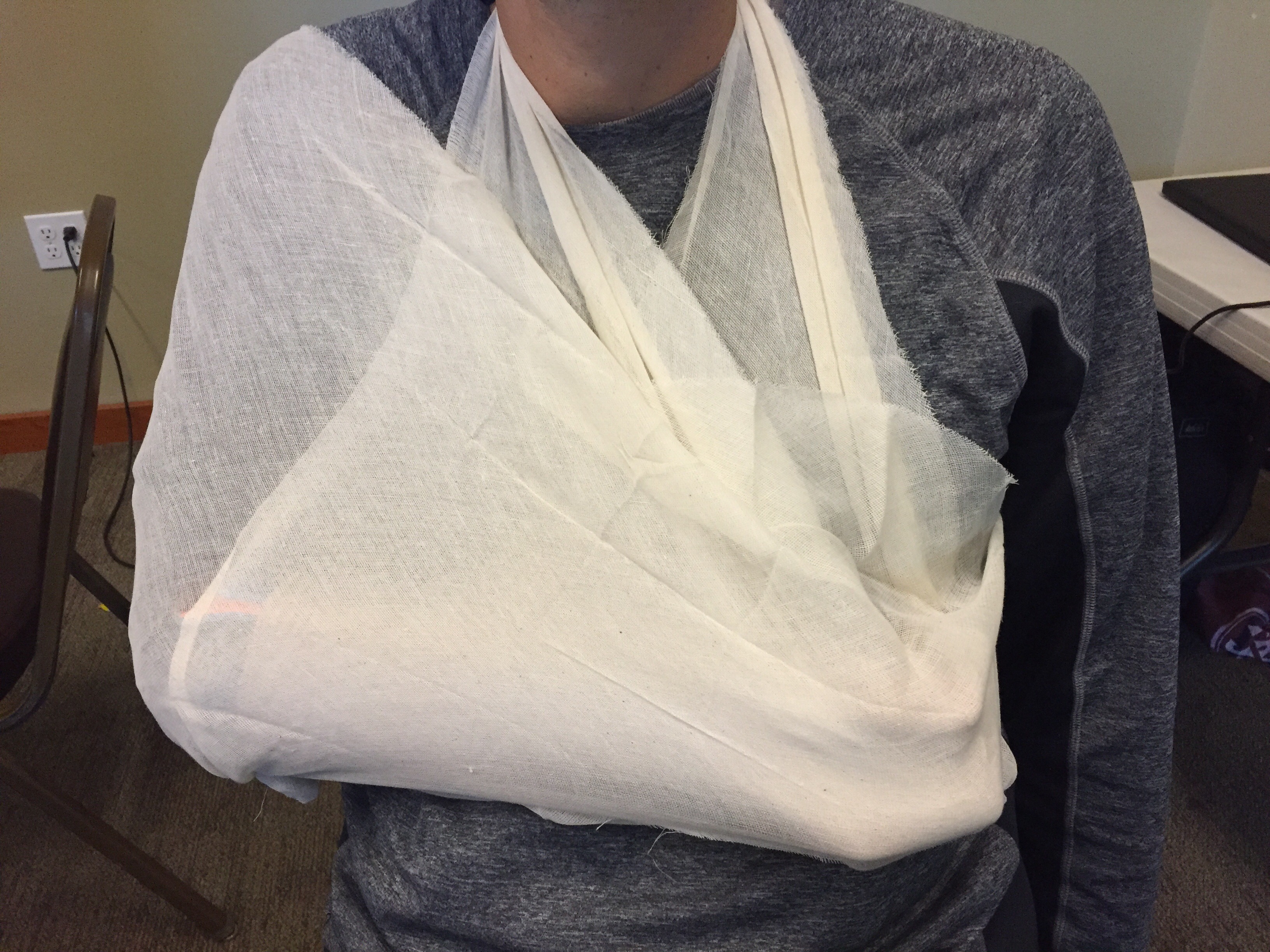

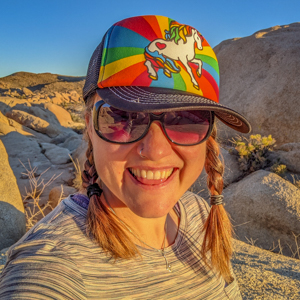
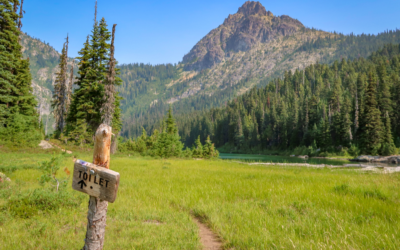


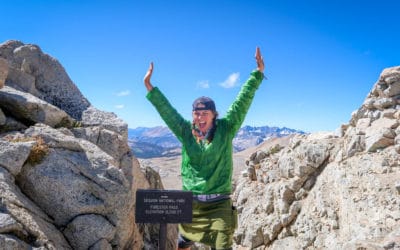
0 Comments